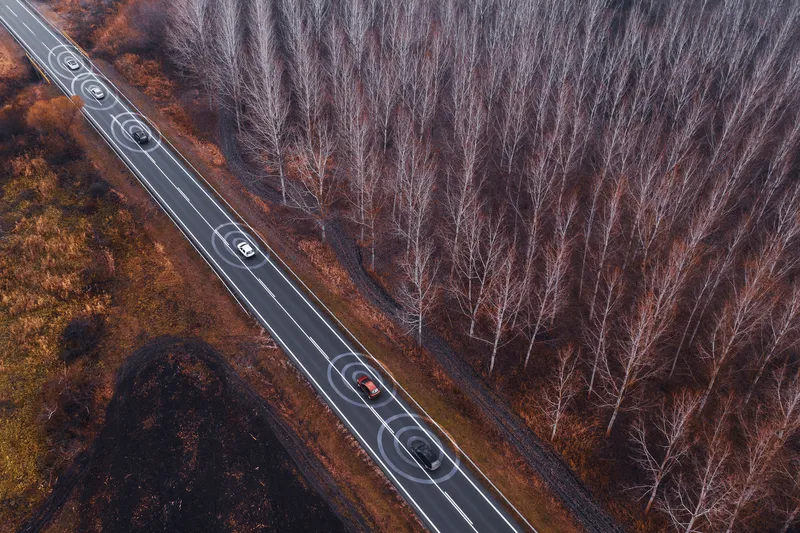
Veovo has released a solution which it says will support mass transit operators in their efforts to ensure passengers adhere to social distancing guidelines.
The company’s Passenger Density Management solution is “designed to assist rail and metro operators in measuring, understanding and managing crowd density”.
Distancing and the use of new technologies is one of the key elements in the European Commission (EC)’s blueprint for public transport post-Covid-19.
The EC guidance calls for the optimisation of passenger flows at stations and transport hubs “to avoid crowding and peak hours, and to minimise contacts, through the use of innovative technologies and mobile applications”.
It highlights the importance of tech which predicts crowd density and crowds, and Veovo says its new solution “reflects the way people move and dwell”.
“To safely manage crowding, operators need accurate, timely data,” says company CEO James Williamson.
“By accommodating new social distancing needs in our solution, we enable safe and proactive planning to reduce crowds and to make sanitation and disinfection programmes more effective.”
This is a hot area for transport operators as coronavirus lockdowns begin to be lifted.
For example, start-up OpenSpace has been trialling its own technology at St Pancras rail station in London.
Veovo says that its solution combines data from sensors with machine learning in live dashboards and heatmaps to create a real-time, overview of passenger volumes and movements, showing “how people move into, out of and between stations, average wait times, and even occupancy on trains”.
Actions – such as directing passenger flows and updating digital signage - are triggered when threshold limits are reached.
Veovo says it can also provide insights into traveller habits, such as how times of day, or days of the week, produce different behaviours.










